Why Product-Led CEOs Are the Key to a Strong Tech Industry Tech will go through an unprecedented leadership transition this decade.
Opinions expressed by Entrepreneur contributors are their own.
Ever since Parag Agarwal was chosen to lead Twitter, global media has been abuzz. The conversations center on how batons are being passed in the tech world to product leaders who have a deep grasp of end users and engineering operations. What makes these product-led CEOs successful? How do they think differently? What keeps them grounded? I've been thinking about these questions for a while now, especially as I was myself planning in 2020 to diversify into SaaS and business software and pass the baton at Nutanix.
Related: How a Technical Background Translates to Exceptional Business ...
Direct touch
When Steve Jobs came back to Apple in 1997, he made a hard pivot from a sales-led culture to all things product. The company famously moved from a noisy channel-driven business to building a direct relationship with end users, with Apple-owned stores for sales and service. Product uptakes were faster, driven by the end user, not by the whims of the channel and their infamous inventory buildups.
During the younger days of Larry Ellison in the "90s, Oracle had a direct relationship with developers and database software administrators. The company in the 2000s was trying hard to emulate IBM. It chased large software deals (hunting whales) and ended up losing the developer in the process to open source and eventually to the cloud. What's worse is that they didn't just lose that heartbeat with the users but also the CIO buyers, due to their aggressive sales culture. The grassroots had been ignored and forgotten.
Humility and vulnerability
Microsoft before Satya Nadella had equally lost that connection with the end user. They had a monopoly Office and Windows business in which revenue trumped everything. The grassroots appreciated the freedom of open source and the simplicity of Google Apps. Slowly but surely, Microsoft had lost the end user...until Nadella. Under his leadership, Microsoft rebuilt that bridge with the end user using the cloud, like it was the Microsoft of the "90s. Satya's humility helped them reconnect with the CIOs, and the rest is history. As a result, a humbler Microsoft has grown 10x in the past decade because of that human touch. A culture that acknowledges — and embraces — open source, rejects arrogance and celebrates vulnerability.
Speed of innovation
Shantanu Narayen was a longstanding product leader at Adobe before 2007. He famously navigated the company through an Internet-powered business model that helped them sell and serve creative professionals directly. That intimate connection — including the fast product cycles and consumer uptakes — has helped the company grow 20x during his leadership. Jayshree Ullal, another longtime product leader at Cisco, took over Arista as CEO in 2008 and built a direct relationship with her cloud customers. That was Arista's way of competing with Cisco: tightly hugging their users, engineers who loved the fast product cycles possible with Arista's contrarian model.
Eric Yuan, an engineering leader at Cisco WebEx before founding his new company, took a very similar approach with Zoom. Unlike WebEx, his company had a direct connection with its end users. Zoom was the antithesis of Cisco, with its easy access, "freemium" products and an Internet-based self-service distribution model. Yet another example of a product leader who knew that the path to disruption was via a low-latency high-velocity relationship with consumers.
Related: 4 Ways Tech Leaders Can Focus on Customer Success
Devolving power
And last but certainly not the least, who can forget the meteoric rise of Tesla this past decade. Elon Musk made a historic decision to build a direct sales and service relationship with consumers. Elon is a product (and engineering) luminary who has achieved the impossible by disrupting an automotive industry of more than a hundred years. Incumbents now follow every move of Tesla, yet not knowing how to build that direct touch with their end users. The digital car is not at the mercy of a franchised dealer network to upgrade or maintain. End users choose to do so at their own will. Tesla also made the car much simpler, having removed the moving parts inherent in the century-old internal combustion engine technology. That simplicity called for a profoundly simpler — and lower-latency — relationship between the car maker and its consumers.
Between founders and product-led CEOs, tech will go through an unprecedented leadership transition this decade as the grassroots business consumer comes to dominate B2B like the consumer has in B2C. This new crop of leadership is vulnerable, in awe of the end user and despises latency in human chains. Conversely, these engineers happen to love machines, machine learning and all things distributed.
Paradoxically, they are hard-charging because of their soft power...
Related: Why Some Founders Fail as CEOs









